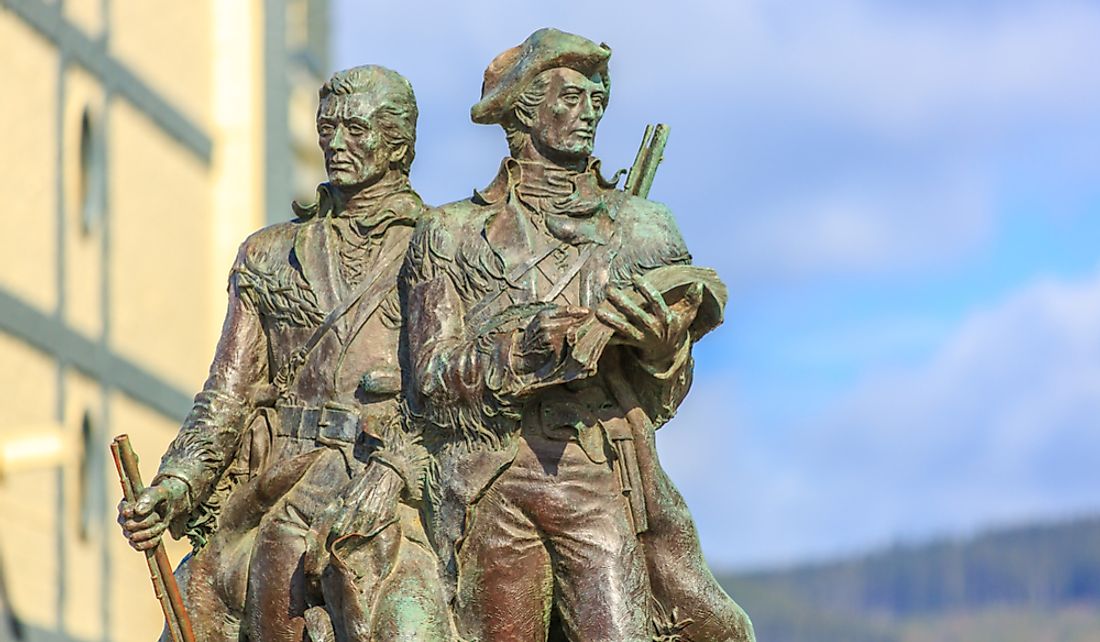Which Places Were Explored By Lewis And Clark?

Meriwether Lewis and William Clark were famous American military explorers who led an expedition to explore the land west of the Mississippi, Louisiana Territory, which had just been purchased from the French colony in 1803, and the Pacific Northwest. The Lewis and Clark expedition commenced their expedition in St. Louis, Missouri on May 14, 1804, and returned to St. Louis on September 23, 1806. The expedition marked the first American expedition to explore the western side of the United States.
Commissioning and Role
The commissioning of the Lewis and Clark expedition, known as the Corps of Discovery Expedition, was officiated by President Thomas Jefferson after the Louisiana Purchase. The role of the expedition was to survey and map the newly purchased territory, to establish practical pass ways through the western half of the continent through to the Pacific Ocean, and to establish an American presence in this territory before the arrival of Britain and other European powers. Secondary objectives of the expedition included establishing diplomatic ties with the Indians and expanding the American fur trade. Upon return, they handed the maps, sketches, and journals detailing their findings to President Jefferson. Upon departure from Camp Dubois in May 1804, they arrived the Pacific Ocean in November and began seeking waterways through the ocean before commencing their return journey in March 1806.
Discoveries and Accomplishments
From the commencement of the expedition on May 14, 1804, to its completion on September 23, 1806, the team covered a total of 8,000 miles (20 miles per day). They discovered 178 plant species including the bitterroot commonly used as a herb and the Douglas fir, which is among the native plants of Mesoamerica. They also identified 122 animal species such as prairie dog, grizzly bear, and pronghorn antelope, which are native animal species in the region.
The Corps of Discovery Expedition met their key objectives such as reaching the Pacific, mapping the territory, and establishing a legal claim on the land prior to the British arrival. They established diplomatic ties with the Indians and strengthened their trade ties with the native tribes in the region. They mapped the region’s topography designating the rivers and mountains as well as learned the customs of the native tribes. Although they did not establish a continuous waterway through to the Pacific, they located an Indian trail that ran from the upper end of the Missouri River through to the Columbia River leading to the Pacific Ocean.
The team encountered various tropical diseases including dysentery, tick bites, boils, venereal disease, and only one of the team members succumbed.
Legacy
Since the expedition, Lewis and Clark have been honored and commemorated on various currencies and commemorative postage stamps in the United States. Various monuments, parks have been approved and named after the expedition to mark the largest voyage in US history. However, some claim that their legacy is insignificant since they were not the first non-Indians to explore the region. Moreover, they failed to establish an all-water route across the continent to the Pacific and failed to publish their journals in time.











